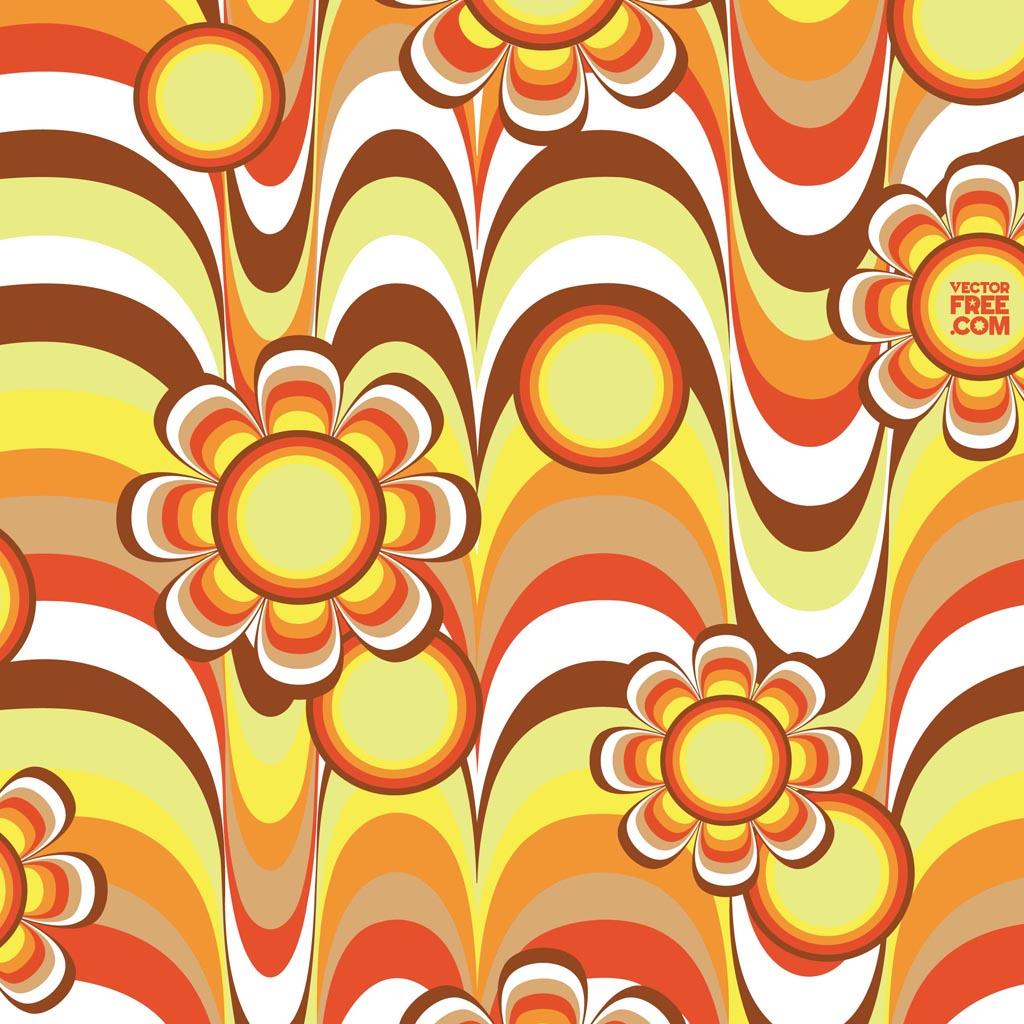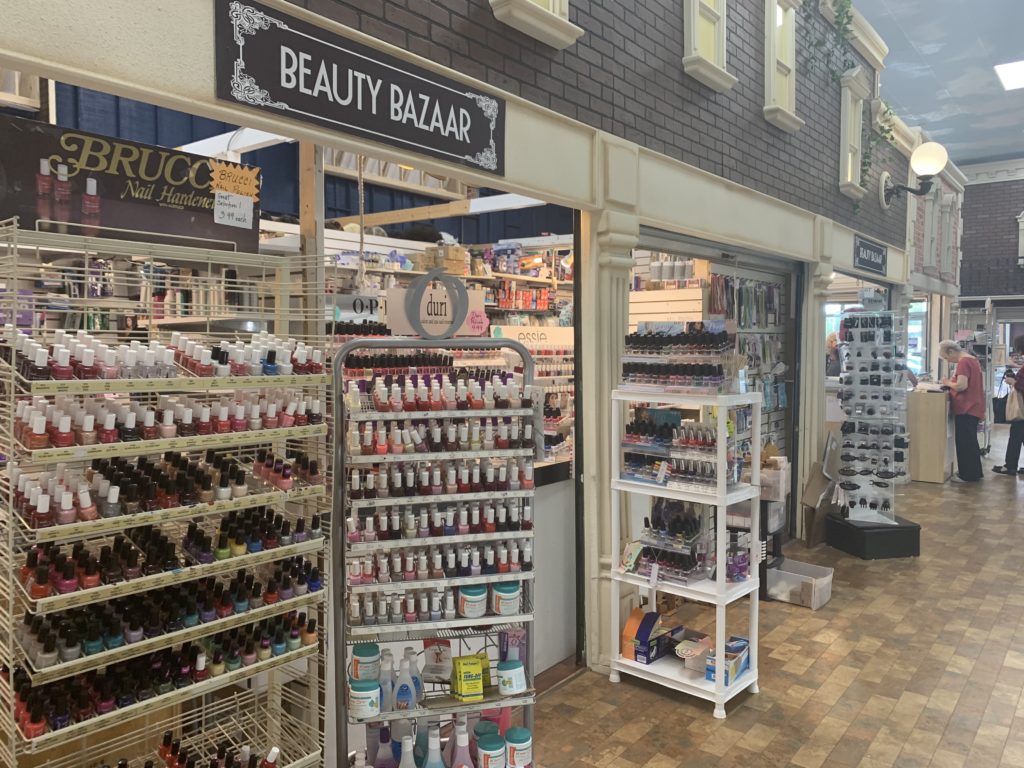Table Of Content

Named after the creators of the Memphis group in Milan, it is said to be the pinnacle of 80s design aesthetics. The Memphis style is said to be a technique combined with retro-like elements of tropical, pop art, and deco, transcending modernism by using geometric shapes, linework, funky color palettes, and asymmetry. Ever since then, he became a pivotal figure in graphic design and style culture. He helped establish a new standard in creating and designing album covers. With his bold, expressive, and elegant style, he was able to identify images that epitomise the moment. His designs are so compelling that they strike the same emotional resonance as the music on the albums he’s worked on.
Most Popular
32 Beautiful/Bizarre Design Ads From the '70s - PRINT Magazine
32 Beautiful/Bizarre Design Ads From the '70s.
Posted: Tue, 18 Feb 2020 08:00:00 GMT [source]
Disco is a subculture and genre of dance music that emerged in the ‘70s from the nightlife scene in the United States (think ABBA, Donna Summer, and Chic). Inspired by the neon lights at the parties, these multi-line, all-caps fonts instantly evoke the vibrant energy of the ‘70s. Would you be interested if I told you I had a time machine to let you travel back in time?

Related Articles
This style, often used in illustrations and album covers, celebrated organic forms and imperfect lines created with pen, ink, and markers. The emphasis was on authenticity and individuality, with artists expressing themselves freely through their loose, expressive lines and textured elements. This movement, founded in the late 70s, challenged traditional design with its playful rebellion. Think of bold, clashing colors (think pink and orange) used fearlessly alongside geometric shapes like squiggly lines and squashed circles.
Peter Saville: Revolutionising Album Art
Con i miei occhi (With my eyes), staged in a women’s prison, preaches visibility but operates on secrecy. Graduates of the Massachusetts College of Art and Design showcase their thesis work on campus and at the MassArt x SoWa Gallery, with public artist talks and screening on May 10. From frybread to patchwork clothing, We Are Still Here tells the history of the tribe through more than a collection of artifacts. Sign up for our free newsletters to get the latest art news, reviews, and opinions from Hyperallergic. As a dessert, we’ve decided to share with you a compilation of tv commercials from back in the days, when colored TVs started entering homes in the early 1970s. I acknowledge the Traditional Owners of the land where I work and live, the Turrbal and Jagera peoples.
These are all seeing a sophisticated resurgence, thanks to the help from brands such as Bode and Green River Project. The nostalgia for warm, earthy tones and materials like rattan feels comforting this time around, if even a little freeing from maximalist color. The film on Sister Corita Kent, the beloved “Pop art nun,” premiered exclusively on Hyperallergic, and you can watch it here. Graphic design is everywhere, from the menus we peruse at restaurants to the newspapers we read and the street signs we follow. In California, and especially in Los Angeles, no occasion is too small for some eye-popping, quirky design — from its proudly decorated donut shops to its sleek gas stations.
Use of Famous Faces
The 1970s was a great decade for testing styles and rejecting academic definitions previously found in graphic design. While there were plenty of busy designs during the ‘70s, there was also a minimalist movement that had been going strong since the ‘60s. Graphic designers and illustrators such as Saul Bass, Rudolph de Harak, Deborah Sussman, and Jerzy Flisak were famous for communicating complex ideas through flat, bold shapes. These artists explored the potential of abstraction, geometry, and color, creating Postmodern layouts that brilliantly capture the times.
Memphis Style

You can see these colors in paisleys, mandalas, or other patterns of simple shapes used in posters, wallpapers, and carpets, among other places. Many contemporary brands incorporate 1970s design elements to evoke nostalgia and appeal to a retro-loving audience. Today, Graphic design education recognises the importance of studying the field's evolution to inform current practices.
Influences from Around the World
Even the world’s biggest brands such as Nike, Pepsi, and Gucci have integrated retro design into their advertising campaigns, recycling retro trends, marketing and products with incredible results. Nature was, therefore, a tremendous driving force behind the common visual themes of the 70s, including flowers, mushrooms, sunsets, and earthy browns, reds, yellows, and greens. Many of these trends are a continuation of popular elements of psychedelic 1960s designs. Still, many 70s styles have also come into their own through the emergence of 70s rock, pop culture, the growth of advertising, and the beginning of mass-produced media.
Avant-garde typography broke free of strict modernist conventions with wiggly, hand-drawn letters or futuristic, space-age fonts. The 1970s were indeed a remarkable and revolutionary decade for graphic design. A period of immense creativity, artistic experimentation, and influential innovation shaped the field indelibly. Vibrant, psychedelic colour palettes became ubiquitous as designers embraced a more radical and expressive aesthetic. Surrealism and retro-futurism provided endless inspiration for fantastical, dreamlike designs that captured the free spirit of the times.
Artists like Heinz Edelmann, whose surreal illustrations defined the Beatles' Yellow Submarine, impacted design. This surreal approach aligned with the era's radical experimentation and personal expression spirit. These movements sparked broader questions about identity, power structures, and human rights.
The women's liberation movement also gained momentum as women fought against gender discrimination and sought equal rights and opportunities. Flowy, smooth, bubble-like shapes were almost a direct response to the International Typographic Style of the 50s. Fonts from the 70s were also exuberant and free, and hand-drawn fonts really show these qualities. Louisa and Emily of Pierce and Ward perfectly balance 1970's laid-back California cool style in a modern interior. Sophisticated wood paneling, earthy tones, and clean lined velvet couches help the space feel grounded but still light. The 1970's were all about textiles like needlepoint, bargello, and macrame.

No comments:
Post a Comment